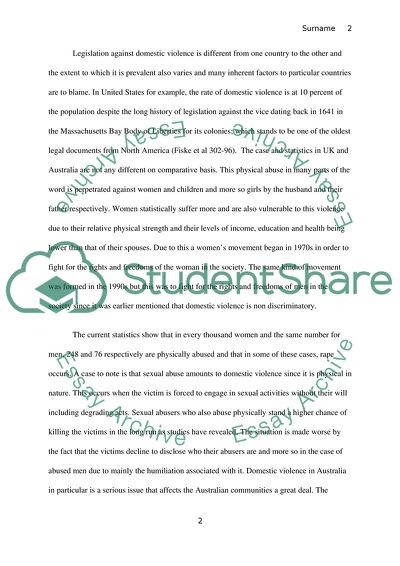Cite this document
(Social Ecological Theory of Domestic Violence Research Paper, n.d.)
Social Ecological Theory of Domestic Violence Research Paper. Retrieved from https://studentshare.org/sociology/1738044-socology-of-crime
Social Ecological Theory of Domestic Violence Research Paper. Retrieved from https://studentshare.org/sociology/1738044-socology-of-crime
(Social Ecological Theory of Domestic Violence Research Paper)
Social Ecological Theory of Domestic Violence Research Paper. https://studentshare.org/sociology/1738044-socology-of-crime.
Social Ecological Theory of Domestic Violence Research Paper. https://studentshare.org/sociology/1738044-socology-of-crime.
“Social Ecological Theory of Domestic Violence Research Paper”, n.d. https://studentshare.org/sociology/1738044-socology-of-crime.


